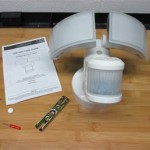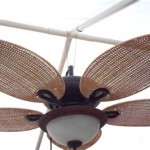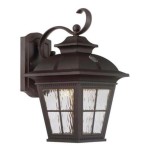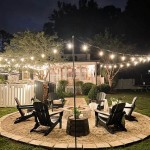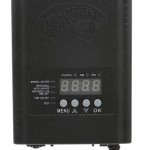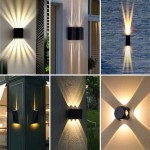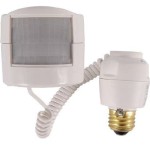Essential Aspects of Lighting Outdoor Wedding Photography
Capturing the beauty of an outdoor wedding requires meticulous attention to lighting conditions. As a photographer, mastering the art of natural light utilization is crucial to create stunning and evocative images. Here are some fundamental aspects to consider when it comes to lighting outdoor wedding photography:
Golden Hour Lighting
The golden hour, which occurs shortly after sunrise or before sunset, offers the most flattering and romantic lighting for outdoor weddings. The warm, diffused light creates a soft and ethereal ambiance, casting a golden glow on the couple and their surroundings. Aim to schedule the ceremony and key moments during this time to take advantage of its exceptional lighting conditions.
Direction and Quality of Light
Observe the direction of the light and its quality. Direct sunlight can create harsh shadows, so consider using shade or diffusing the light with a reflector. Soft, diffused light, on the other hand, produces a more flattering and even illumination. Adjust your camera settings and positioning to maximize the desired lighting effect.
White Balance
Proper white balance is essential for ensuring accurate colors in your images. Set your camera's white balance to match the prevailing light conditions. Adjust the settings accordingly if the light source changes throughout the day, such as from sunlight to shade or indoor lighting.
Camera Exposure
Control the exposure of your images to prevent over or underexposure. Use the histogram to assess the distribution of light and adjust the shutter speed, aperture, or ISO as needed. Experiment with different exposure settings to achieve the desired brightness and contrast.
Natural Reflector and Fill Light
Take advantage of natural reflectors, such as white walls or bright surfaces, to bounce light onto the subject. This helps fill in shadows and create a more balanced exposure. Consider using a portable fill-in flash or reflector to supplement natural light, particularly in low-light situations.
Additional Lighting Techniques
In certain circumstances, additional lighting techniques may be necessary to enhance the overall illumination. Off-camera flash or continuous lighting can be used to create specific effects, such as accentuating certain details or illuminating the background. Experiment with different lighting setups to achieve the desired ambiance and aesthetic.
Final Thoughts
By understanding the principles of lighting and applying them effectively, you can capture breathtaking outdoor wedding photographs that showcase the beauty and emotion of the occasion. Embrace the challenges and opportunities presented by natural light, and use your creativity and technical skills to produce unforgettable images that will be cherished for a lifetime.

Outdoor Wedding Lighting Inspirations Nk Ions

Your Ultimate Guide To Wedding Lighting Outdoor Lights Decorations

35 Wedding Light Ideas Forward

Flash Low Ambient Light Adapting During An Outdoor Wedding Ceremony Tangents

Using Lights For Outdoor Night Time Portrait Photography

Outdoor Wedding Lighting Complete Grand Forks

10 Outdoor Wedding Photography Tips For Stunning Photos

Snap Tips Great Wedding Reception Lighting Photographers In Ri Weddings

5 Favourite French Wedding Lighting Ideas Style

Flash Low Ambient Light Adapting During An Outdoor Wedding Ceremony Tangents
Related Posts
